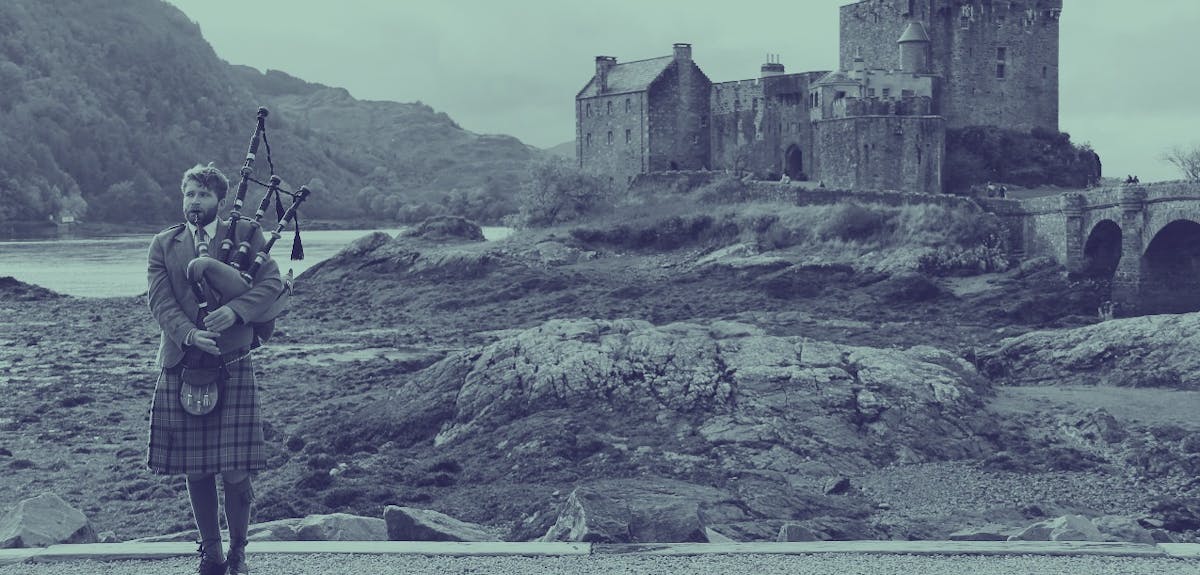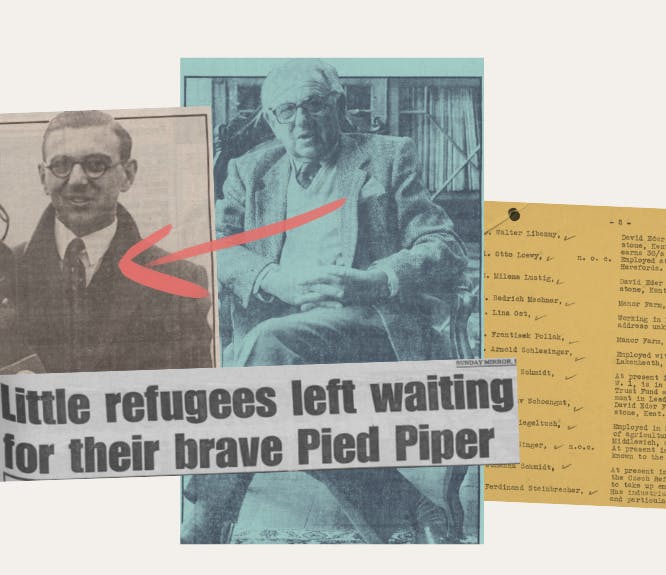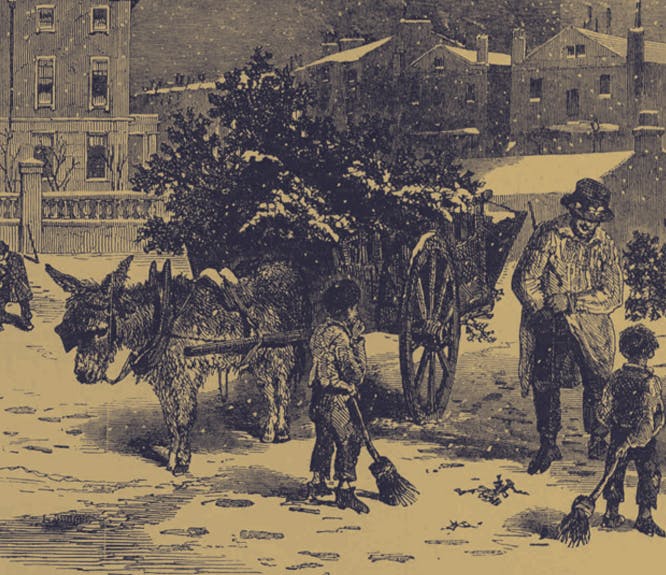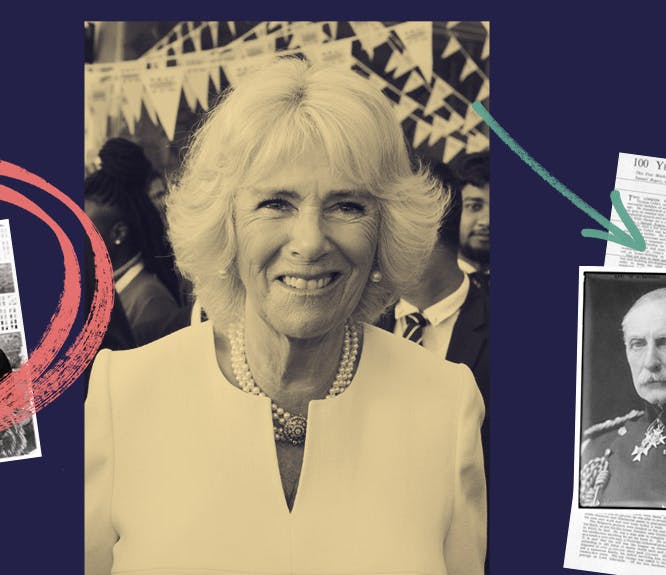A handy guide to traditional Scottish naming patterns
2-3 minute read
By Alex Cox | July 14, 2020

What's in a Scottish name? Find out how the Scots named their children down through the generations.
The Scots have for many centuries followed a relatively simple set of rules when assigning given names to their successive children. While these traditional naming patterns were not followed by all families, they were widespread enough that a basic understanding can come in handy when you need help in your hunt for Scottish ancestors.
Being familiar with these Scottish naming patterns will allow you to make genealogical inferences, identify potential new avenues of research, and reveal all sorts of clues about the lives of your ancestors.
By the latter part of the nineteenth century, these patterns began to break down and fade out of use so be cautious when using them to identify more recent ancestors.
Scottish boys' naming patterns
The traditional patterns used when naming Scottish boys were as follows:
- The family's first son was named after his paternal grandfather
- The second son was named after his maternal grandfather
- The third son was usually named after his father
Scottish girls' naming patterns
Similarly, for girls, it is common to see:
- The family's first daughter was named after her maternal grandmother
- The second daughter was named after the paternal grandmother
- The third daughter of the family was named after her mother
These formulas may come in handy when identifying potential members of your ancestor's immediate family. However, it's always worth bearing in mind that certain family circumstances could divert these patterns from their usual course. For example, you may find that certain given names were duplicated within the same generation. This could be the result of both grandfathers sharing a common name that was then given to two children, or, it could hint at the death of an earlier child within the family. Another common naming tradition saw parents name later children after dead siblings.
Scottish ancestral naming patterns
The Scots seemed to like complicating matters back in the day, as there was yet another set of naming patterns that used the names of ancestors rather than the parents' siblings. This "ancestral pattern" was outlined by U.S. family historian, John B Robb, in his 2012 paper; "The Scottish Onomastic Child-naming Pattern". According to Robb, the pattern for boys follows the one above until the third son where it then became:
- The family's third son was named after his father's father's father.
- The fourth son was named after his mother's mother's father.
- The fifth son was named after his father's mother's father.
- The sixth son was named after his mother's father's father.
- The seventh through tenth sons were named after their father's four great-grandfathers.
- The eleventh through fourteenth sons were named after their mother's four great-grandfathers.
and in the case of girls, the pattern was the same as outline above until the third daughter where it became:
- The family's third daughter was named after her mother's father's mother.
- The fourth daughter was named after her father's father's mother.
- The fifth daughter was named after her mother's mother's mother.
- The sixth daughter was named after her father's mother's mother.
- The seventh through tenth daughters were named after their mother's four great-grandmothers.
- The eleventh through fourteenth daughters were named after their father's four great-grandmothers.
As the patterns described earlier can help when identifying your ancestor's close relatives, the ancestral pattern can be of particular use when taking your research back a generation. It is also worth considering the middle names of later ancestors as they were often the mother or grandmother's maiden name.
Of course, these patterns should only be used as a rough reference guide as no two families are the same. In many cases, there will be no rhyme or reason behind the names chosen for your ancestors. Plenty of families didn't care about traditions and named their children after dear friends, celebrated public figures, like the many occurrences of Florence Nightingale, or even popular local ministers.
Related articles recommended for you

The remarkable true story of the man who saved 669 children from the Nazis
History Hub

The secret histories of your Christmas decorations, as found in our newspaper archive
Discoveries

Did your ancestors fight in the Napoleonic Wars? Here's how to find out
Family Records

